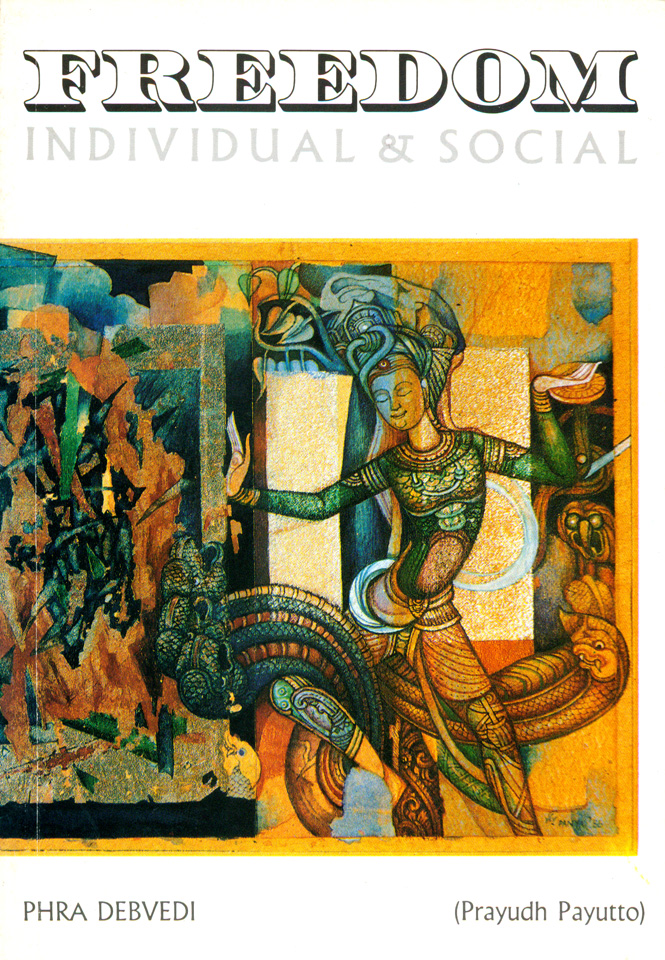Two Kinds of Sangha The term Sangha means an assembly or a community. Here again, two kinds of Sangha should be distinguished, namely, the Sāvaka-Sangha, or the community of (noble) disciples, and the…
The Monastic Sangha and the Creation of the Noble Sangha Obviously, it is the purpose of the Buddha, in his conduct for the well-being of the world, to teach all people to progress along these lines o…
Foundations of the Sangha In the Buddha’s time, Buddhism was usually called, “This Dhamma-Vinaya” (the Doctrine and the Discipline). This means that the Dhamma-Vinaya is another name…
The Real Mission of the Sangha There is no doubt that peace and freedom are the supreme goals of Buddhism. Both of them are synonyms of Nibbāna or Nirvāna. Peace can be realized, and freedom can be ac…
Evolution of the Monastic Sangha The importance of the conventional Sangha of monks as the principal agent for expanding and perpetuating the Noble Sangha of disciples has been realized throughout the…
The Monastic Tradition in Thailand The monastic tradition in Thailand can be traced back to the time of King Asoka when, around B.E. 234 (310 B.C.), nine missions of monks were sent out as Dhamma mess…
The Sangha, the State and the Ideal World Community In carrying out its mission, the main concern of the monastic Sangha is surely the good and happiness of the people. However, throughout its history…
Author’s Note (Second impression) This book was first printed in 1987, for free distribution, under the financial help of Dr. Charoon Bholanivas and became out of print not long after. This seco…

